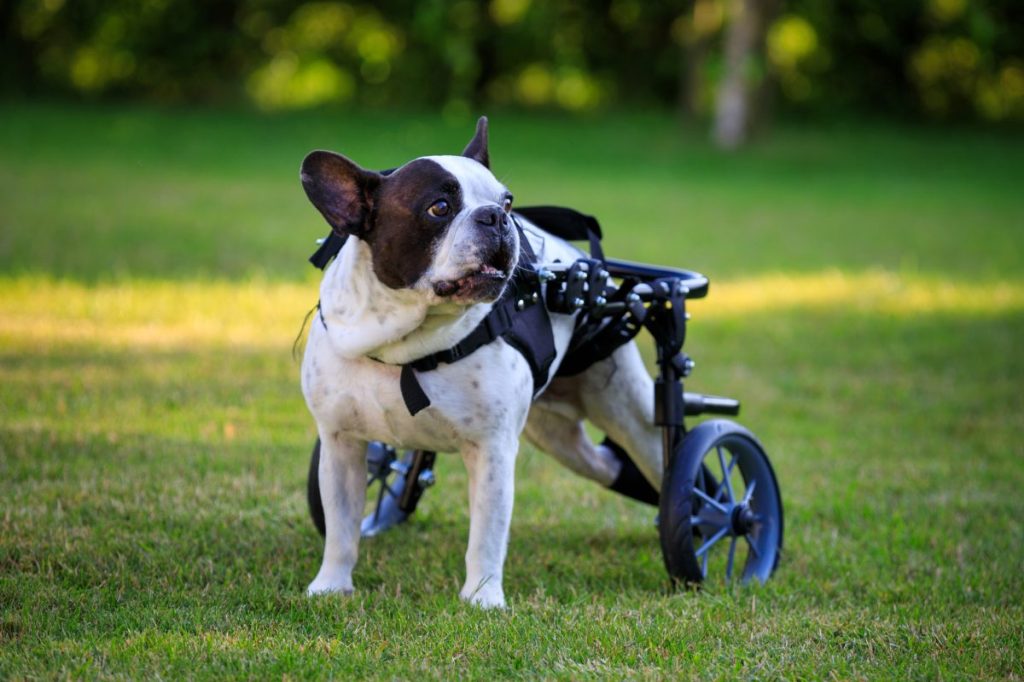Spina bifida in dogs is a congenital condition that occurs when a dog’s spine and spinal cord fail to develop properly during early gestation. This condition belongs to a group of disorders known as neural tube defects. The neural tube is the embryonic structure that eventually develops into a dog’s brain, spinal cord, and the tissues that enclose them. When part of…









